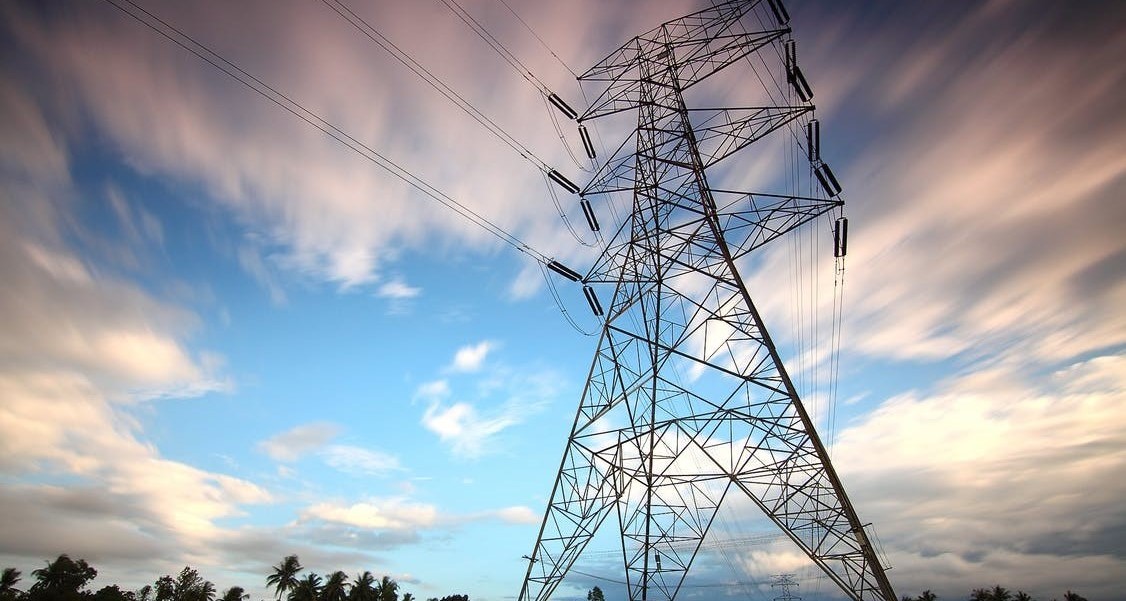
A week after the Texas Supreme Court’s decision in Energen Resources Corp. v. Wallace, the Court addressed another Chapter 95 case. This case involved a lineman who was severely injured after working on power lines owned by Sand Ridge.
The lineman argued that Sand Ridge was liable under Chapter 95 because they exercised control over the manner in which the work was performed, and they had actual knowledge of the dangerous condition and failed to warn the lineman adequately. Sand Ridge argued they had no duty to warn because the lineman knew the condition.
The Texas Supreme Court agreed with SandRidge. Under the common law, a landowner is not obligated to warn “when either, objectively, ‘the danger is open and obvious’ or, subjectively, the claimant ‘had actual knowledge of the dangerous condition.” While Chapter 95 does not explicitly state these common law doctrines, the Court held that they are applicable in Chapter 95 cases. Because the lineman had been working on power lines for six months before the accident and appreciated the dangers involved with his work, the Court held that such a danger was “open and obvious,” and SandRidge had no duty to warn. They further held that the necessary-use exception to the open and obvious doctrine did not apply.
515 POST OAK BLVD. | SUITE 430 | HOUSTON, TX 77027 | 832-831-2289
524 E. LAMAR BLVD | SUITE 235 | ARLINGTON, TX 76011 | 682-318-3427
DISCLAIMER | PRIVACY POLICY | SITEMAP | COPYRIGHT © 2024
